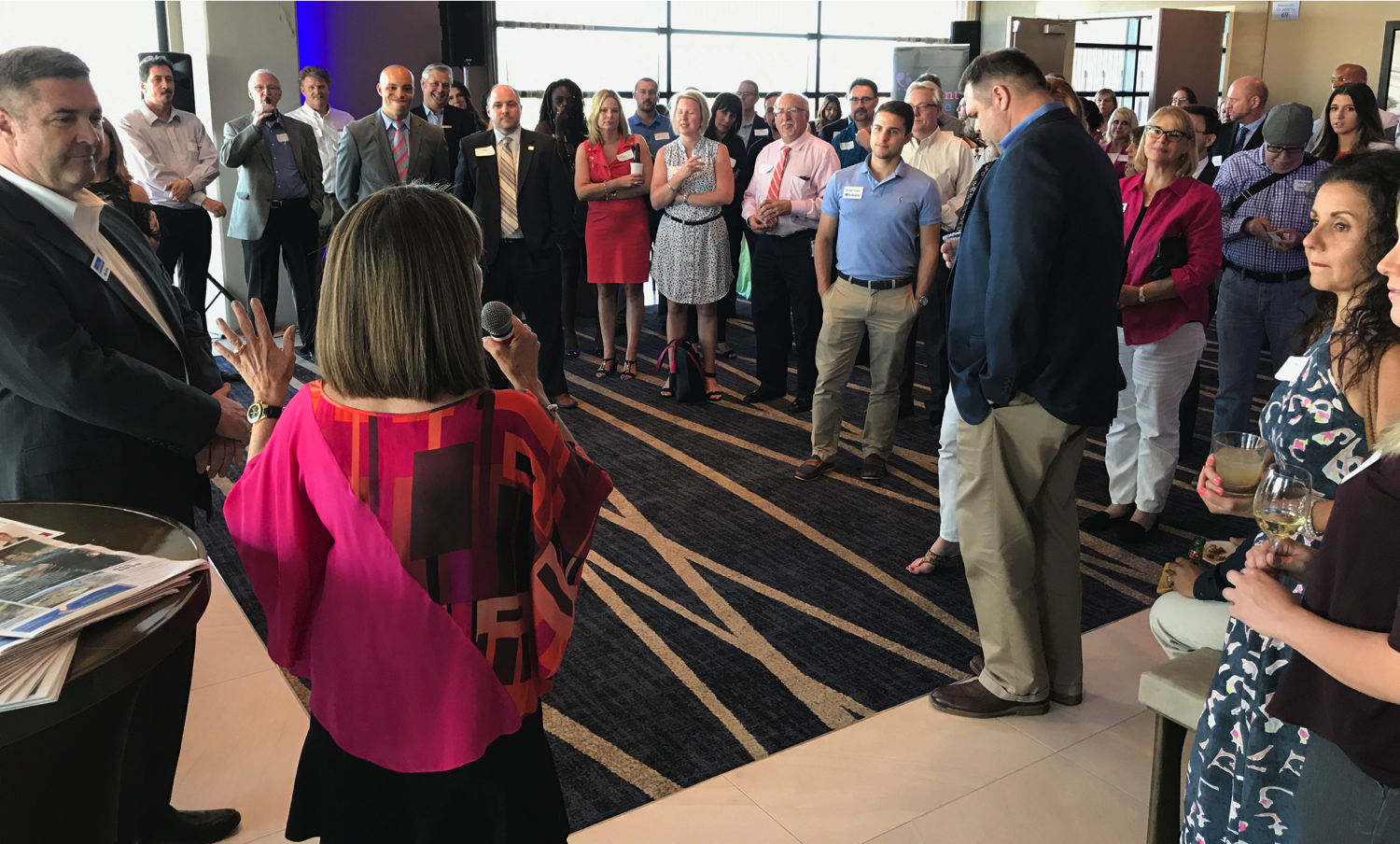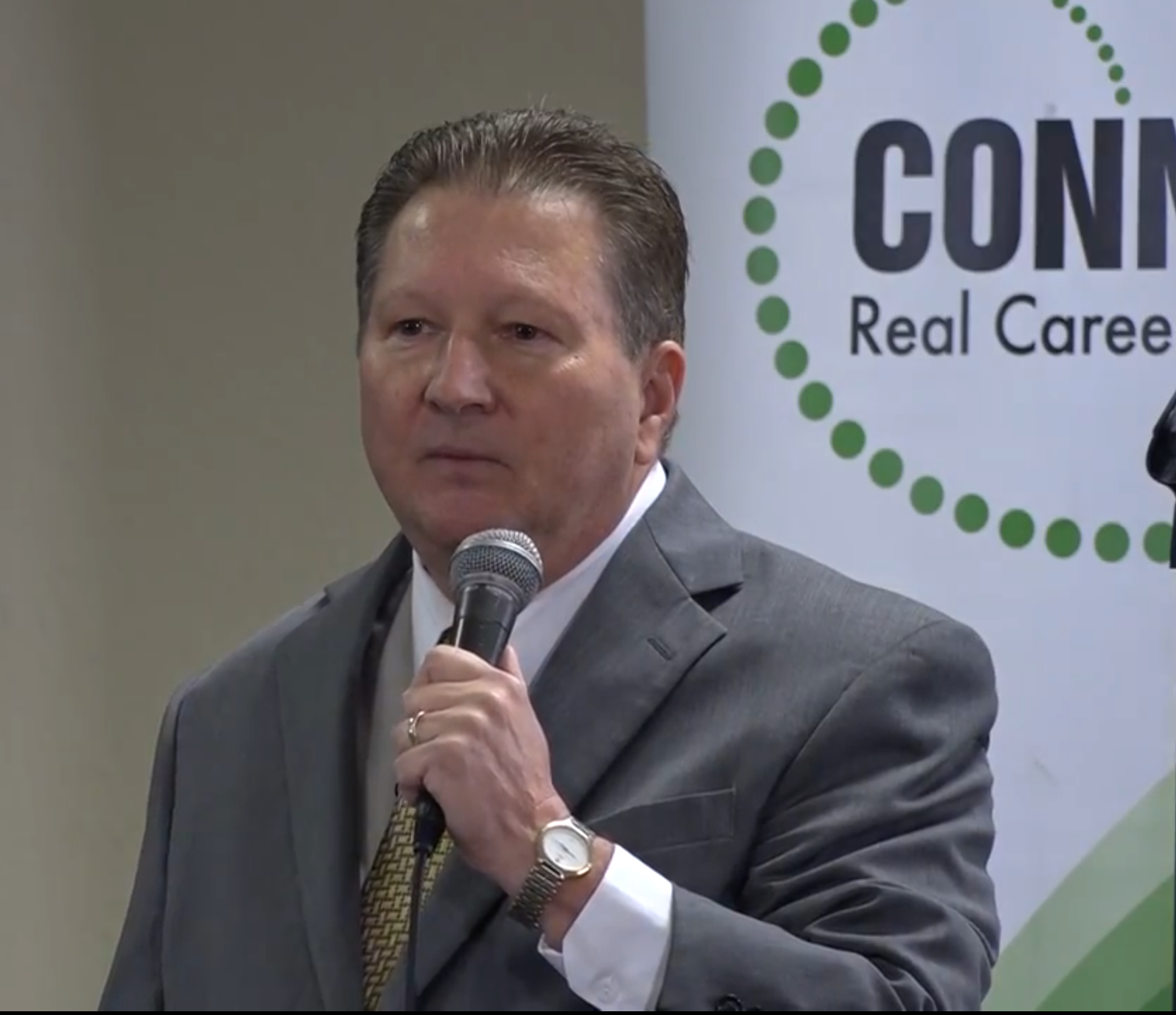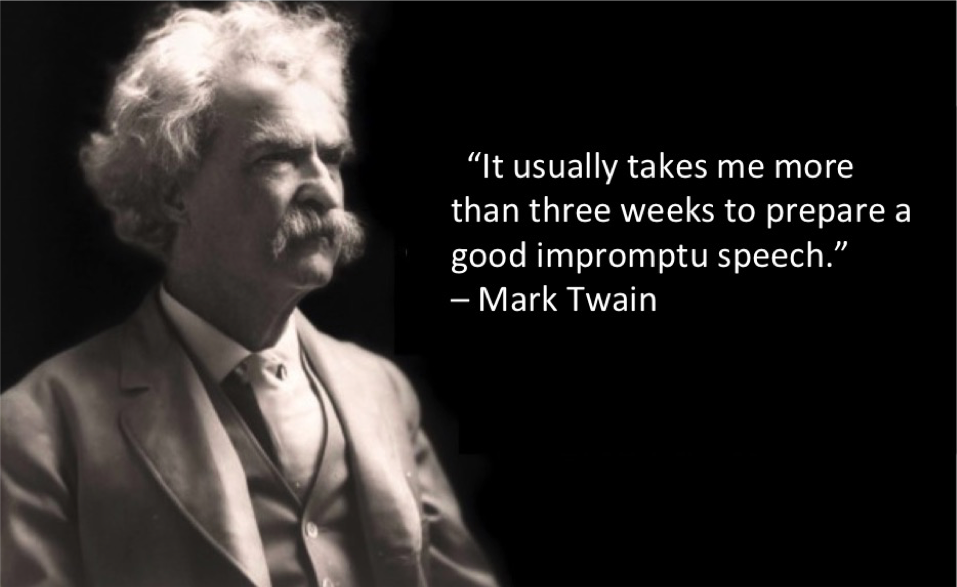By Newton Koshi
Guest Blogger
Preparation is key to success in public speaking events. Here are five tips from an AVT perspective that should help make your presentations run more smoothly.
(1) Presentations via Laptop: If you are using PowerPoint or KeyNote in your presentation and using a laptop be sure to bring your own power supply. For Mac users: also bring your “dongle” adapter. Do not assume that the venue will have the proper hook-up/AV output adapter from your i-thingy to their more-than-likely-near-obsolete projector. iPads/iPhones can ONLY link to projectors that are Bluetooth/WiFi enabled.
(2) Presentations via Thumb Drive: If you are not bringing your own Laptop/iBook and have saved the presentation on a thumb drive: Make sure to save your presentation appropriately. For PC and PowerPoint, save as a “package for CD” to make sure all the fonts, pictures, and videos were included in the file. If you just “SAVE” to thumb drive it might not transfer all the links and you’ll end up with slides that are jibberish (font not found) or the notorious Red X which means the program can’t find the file. For Mac users, be aware that Keynote is not backward compatible. With all the bells and whistles of graphics, it is difficult to easily save Keynote onto a thumb drive and transfer file.
(3) Presentations Involving Music and Video: If your presentation entails various changes in programming (e.g. going from microphone to Mp3 music or DVD/Mpeg video). Please have an “in-time” run-through of your presentation, if time permits. It will assure that your AVT knows what is supposed to happen when, and to know when to bring up which audio fader at what time.
(4) A Proper Soundcheck: Not all microphones and sound systems are created equal. Arrive early for a “sound check” and insist on about 10-15 mins to make sure the technician can equalize the system to your vocal range. Do a portion of your presentation that reflects the possible range of your voice. A “check, check, 1,2,3, How’s That?” does not qualify. When in doubt ask for a Shure SM58 wired microphone. Wireless microphones are amazing. The good ones cost money. You’ll get what you pay for if you don’t choose a good system. If you do choose to use a wireless, make sure that the AVT knows if other frequencies are also being used in close proximity.
(5) Arrive Early: Always arrive at least an hour before the audience is allowed in the venue if your presentation has any one of the following: audio, projection/video, lighting changes. Arriving early will give you time to set everything up properly and time to test it. Remember: Do not expect a flawless presentation if there is poor planning on your part.
The best way to have a perfect public speaking presentation is to prepare properly and work with your AVT partner.
 About Our Guest Blogger: Newton Koshi is a Certified Technical Specialist (CTS) and is the former Director of Audio Visual Services for Projection Presentation Technology at The Hawaii Convention Center in Honolulu.
About Our Guest Blogger: Newton Koshi is a Certified Technical Specialist (CTS) and is the former Director of Audio Visual Services for Projection Presentation Technology at The Hawaii Convention Center in Honolulu.
Related Post: You’re a Public Speaking Team












